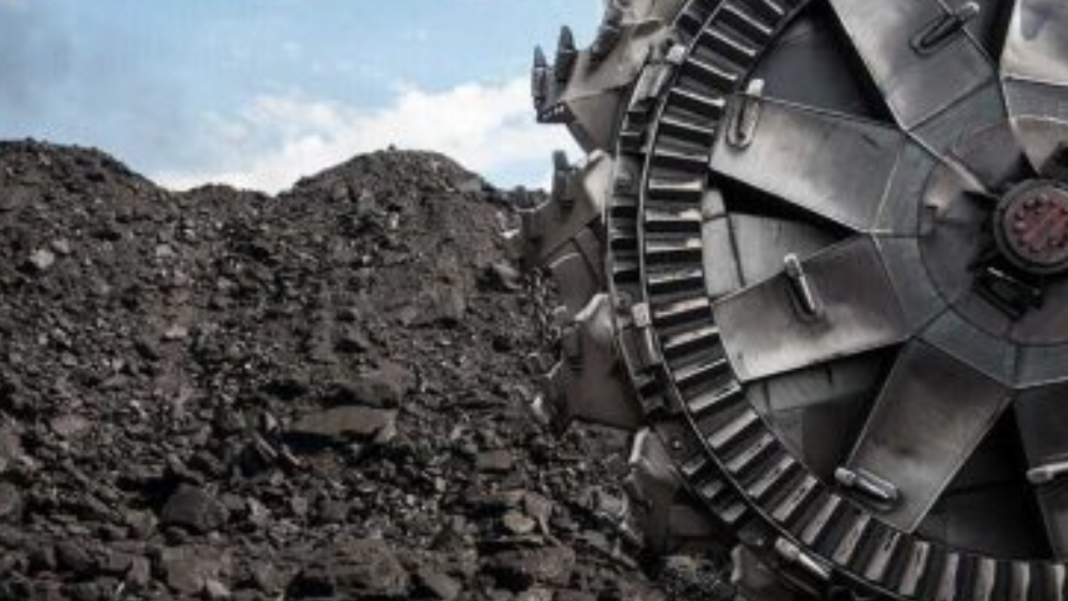Forging is a process that may be employed to produce and produce a great deal of metals. Every metal may be impacted by heat waves compression; as a result, the number of metals has increased as the method has been studied and improved steadily rising. In recognition of the fact that forging creates products with strong mechanical characteristics and relatively little waste, it employs frequently.
Forging is an acknowledged method for creating components needed for the manufacture of goods and industrial operations. Notwithstanding significant technological developments in the sector, forging continued to be the foundation of cost-effective, accessible, and efficient production. The process tries to compress metals into a shape that is suitable which improves metal longevity and durability against fatigue.
Because finishing is practically never necessary, manufacturing expenses are reduced. The long-term production of lightweight components benefits greatly from the cold forging method of processing. All the required forging equipment is available here, and CXIN Forging is considered the leading forging manufacturer. You can just visit supplier website to learn more.
Forging Process
The centuries-old technique of forging is currently used to mold metal into an extensive number of forms. As a result, forging has changed the result of technological developments and the creation of new metals, nevertheless it still largely adheres to its fundamental structure.
Selection of the Metal
The forging technique will be significantly impacted by the type of metal utilized. Almost all metals can be forged, regardless of their differences in heat, tensile strength, or propensity for distortion. Forging processes commonly use nickel, cobalt, brass, titanium, aluminum, stainless steel, copper, and charcoal.
Forging
The particular kind of compression and contact action used will vary depending on the metal. While thinner and more flexible metals like copper, brass, and aluminum can all be cold forged, more dense metals need to be heated up first. Employing force with a hammer, mold, or heavy object is essential in any process, hot or cold.
Annealing Technique
Because it alters the physical features and shape of metal, the annealing procedure is an essential phase in the forging process. Annealing attempts to increase flexibility and reduce hardness to make the metal more workable. After annealing, the metal’s surface is heated above the temperature of recrystallization and maintained throughout the operating procedure, at this temperature.
Molding
After getting flexible, the metal has been sorted, shaped, and treated to create the required formation. This process phase may involve crushing, bending, hammering, shaping, and squeezing, based on the method chosen. Using a variety of stress methods, the metal gets shaped into a suitable pattern irrespective of the forging technique.
Hardening
The durability of the fabricated part depends on the method that is used. Cold forging makes the work piece tougher, leading to more plastic deformation. By expanding and hardening via recrystallization, the metal, hot forging avoids this.
Tampering
The technique of tempering makes the metal stronger. The heating, shaping, and warming after the cooling stages of the tempering process all result in stress. Tempering the metal improves ductility and decreases brittleness without changing the hardness of forged products. Increased the ability to resist scuffs and wear, which is essential for components that will be used frequently in harsh environments.
Final Step
Many products created through forging could be manufactured in different methods. Forging is increasing in popularity because the final product is more durable and resilient than what can be accomplished through other techniques. Since they have greater impact and shearing resistance, the finished products are sturdy and useful.
Sum Up
In the process of forging, pressure gets applied to the plastic, allowing it to bend into a blank of metal and allowing the production of parts that have specific mechanical characteristics, forms, and ratios. Although an extremely old method, forging remains an essential phase in the bulk manufacturing metal processes.











